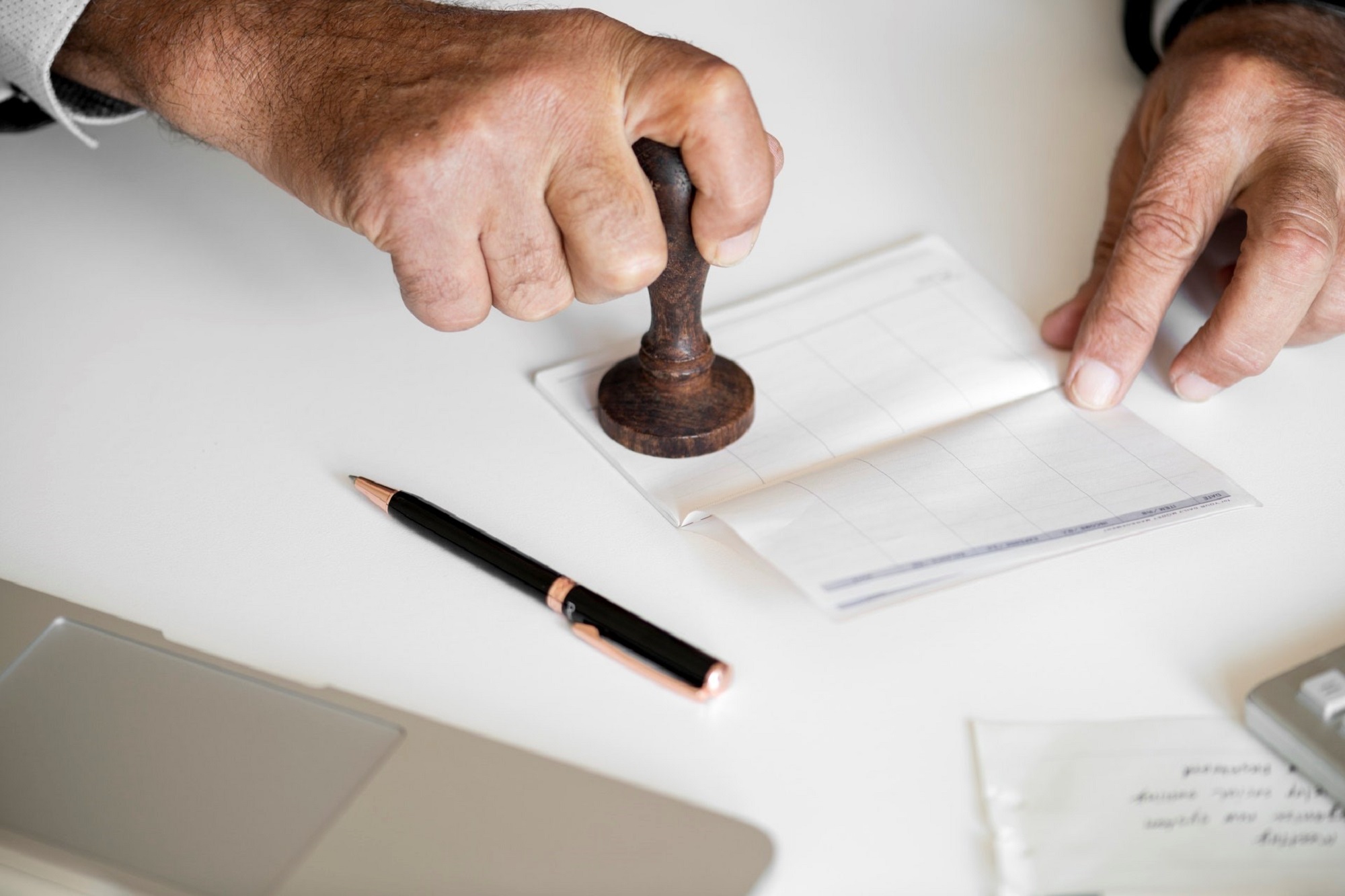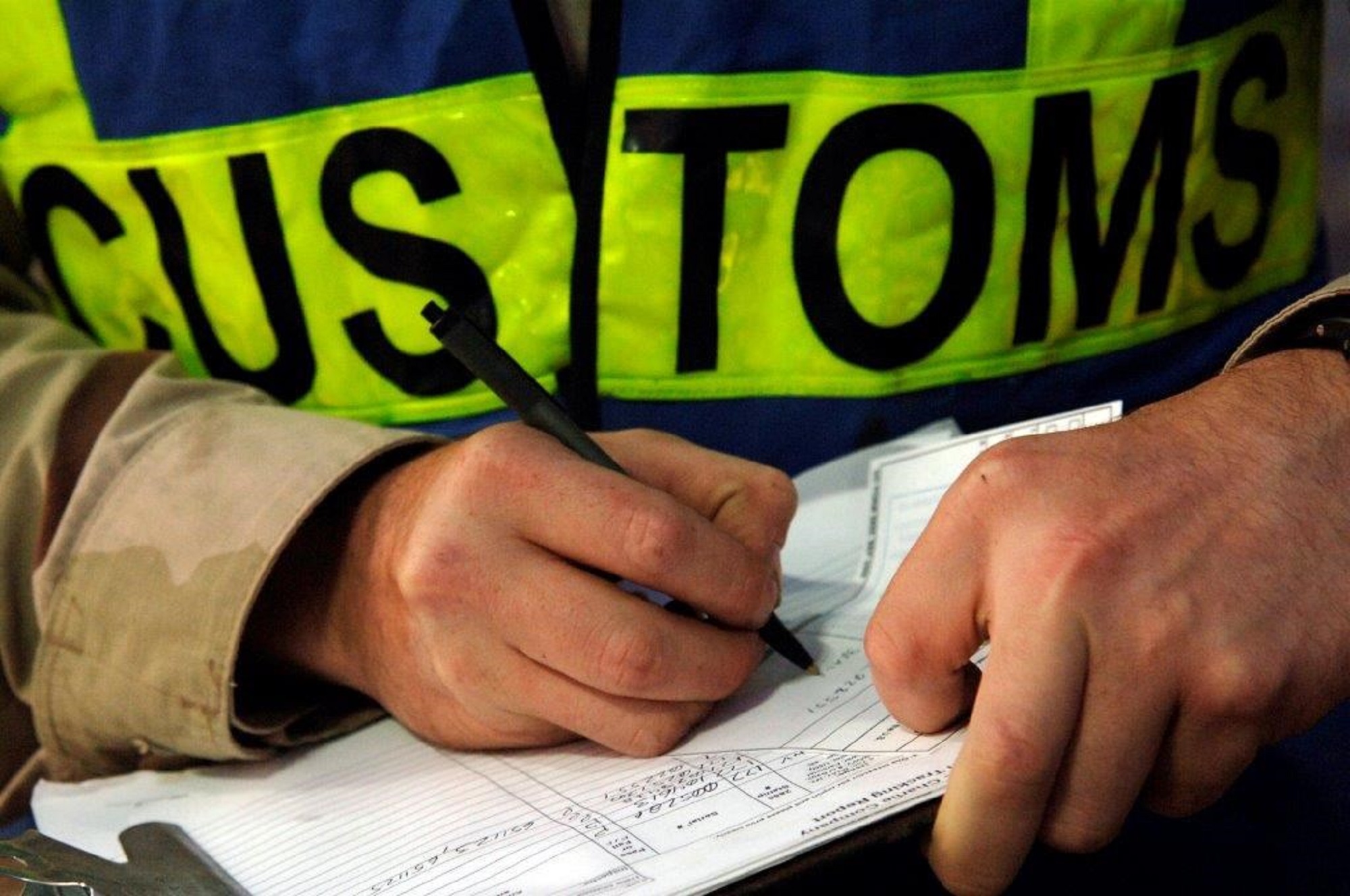Some time ago, the EU Commission has proposed several reforms of the VAT system that are aimed at improving and modernizing the levy of VAT. The central element of the proposal consists of a new system for the levy of VAT on cross-border intra-Community supplies of goods. Even though the proposal is still pending, the EU legislator has already adopted four measures which are meant to improve the current system. These so-called ‘Quick Fixes’ become effective as of January 1, 2020. In this article, we discuss the third Quick Fix, which relates to the proof of the cross-border transport of goods.
Background
A supplier who makes an intra-Community supply of goods is required to have sufficient proof that the respective goods were indeed transported from one Member State to the other. The supplier needs this proof to apply the VAT exemption (zero-rate) for intra-Community supplies of goods. Currently, the EU Member States have different rules as regards this burden of proof. In practice, this often leads to discussions between businesses and the tax authorities.
More about the other Quick Fixes:
Quick Fix 2: The allocation of transport for chain transactions
Quick Fix 4: Administration of the VAT identification number
New rules: Quick Fix for the burden of proof
The third quick fix is formulated as a presumption for the proof of the cross-border transport of the goods. In case the requirements are met, it shall be presumed that the goods have been transported from one Member State to the other. This allows the business (supplier) to apply the VAT exemption for intra-Community supplies.
The new measure contains two primary categories of documents that can be considered as proof: category A documents and category B documents.
Category A documents: These are documents in relation to the transport of the goods. For example a fully signed CMR transport document, a bill of lading, an airfreight invoice or an invoices from a carrier of the goods.
Category B documents: These are other types of documents, such as an insurance policy in relation to the transport of the goods, bank documents stating the payment of the transport of the goods, official documents issued by a public authority (like a notary) confirming the arrival of the goods in the Member State of arrival or a receipt issued by a warehouse keeper confirming the storage of the goods in the Member State of arrival.
Under the new rules the presumption is deemed to be fulfilled if the supplier has transported the goods himself and if he has obtained at least two items of non-contradictory A documents, or two non-contradictory A and B documents. An important note to this is that the documents must be issued by two parties independent of each other and of the vendor and the acquirer.
In the situation that the transport of the goods is arranged by or on behalf of the acquirer of the goods, the supplier must also have a special statement of the acquirer confirming that the goods have been transported to the Member State of arrival. This statement is subject to specific requirements. Finally, we note that the tax authorities are allowed to rebut the presumption.
How can you prepare your business for the Quick Fix?
In case businesses want to make use of the presumption of the third Quick Fix, their administration of the items of proof should meet the requirements. Possibly, this means that they will have to change or even upgrade the processes which they have in place to collect and administrate the proof. It may be advisable to contact suppliers and customers to conclude agreements on the exchange of transport documentation.
Even though the Quick Fix follows from EU law, Member States may implement or interpret the new rules differently. Do you have questions as regards this Quick Fix? In that case, please contact us.
This content was published more than six months ago. Because legislation and regulation is constantly evolving, we recommend that you contact your Baker Tilly consultant to find out whether this information is still current and has consequences (or offers opportunities) for your situation. Your consultant will be happy to discuss the latest state of affairs with you.





